Building a Learning Roadmap for Data Intelligence Excellence
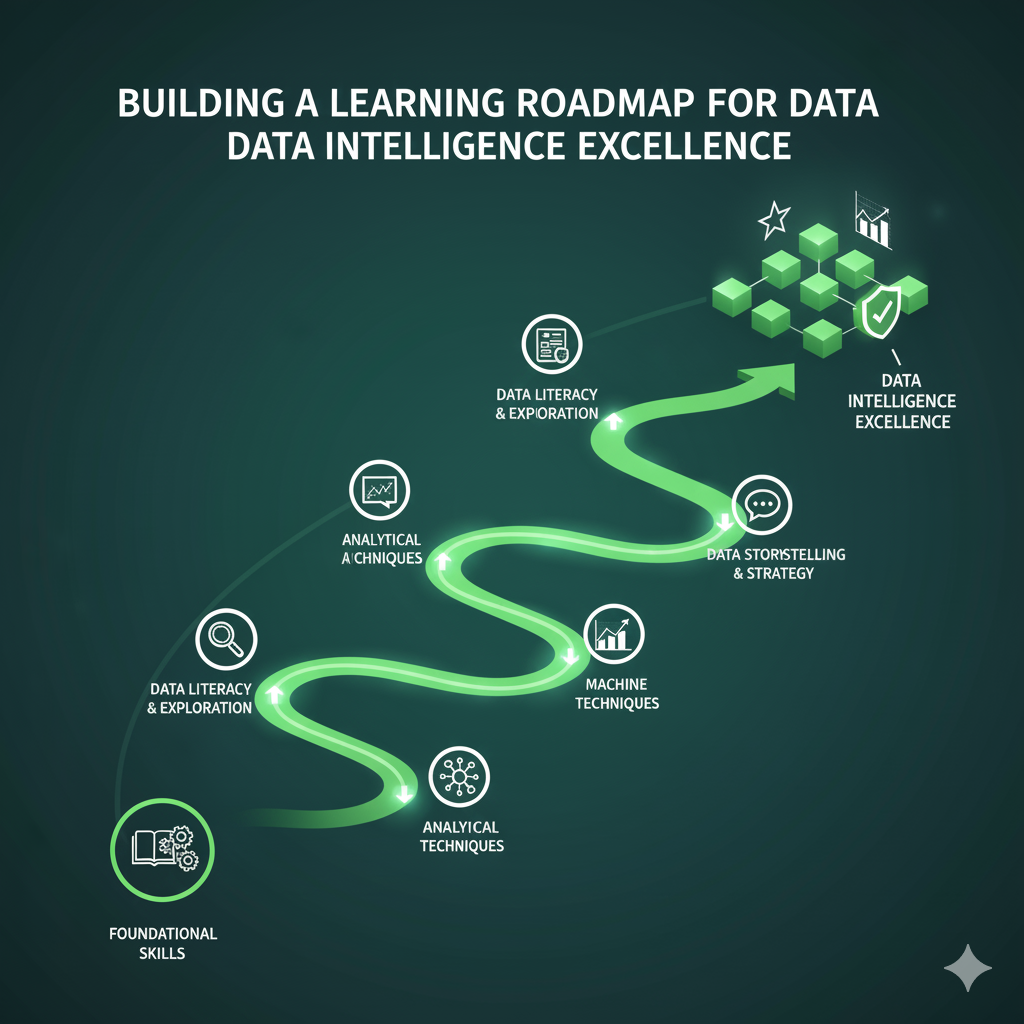
Building a Learning Roadmap for Data Intelligence Excellence
A Strategic Framework for Developing High-Performing, Future-Ready Data Teams
In today’s data-driven economy, information is one of the most valuable assets an organization possesses—yet its true value depends entirely on how well people know how to use it. As tools, platforms, and technologies evolve at an unprecedented pace, teams often struggle to keep their skills current.
Leaders who proactively invest in structured learning and development ensure their teams stay ahead of the curve—and deliver measurable business impact.
At The Certified Data Intelligence Professionals Society (CDIPS), we see continuous learning not just as a necessity, but as a defining characteristic of professional excellence. A well-designed Learning Roadmap helps organizations turn data literacy into data intelligence, aligning skill growth with business outcomes.
What Is a Learning Roadmap?
A Learning Roadmap is a structured plan that defines how a team will develop, refine, and sustain the skills needed to leverage data effectively.
For data teams—and any department using data to drive decisions—it’s a strategy that connects learning directly to business impact. A robust Learning Roadmap should:
-
Align learning with organizational goals and measurable outcomes
-
Identify skill gaps and prioritize areas for improvement
-
Adapt continuously to new technologies and emerging methods
-
Promote an “always-learning” culture that supports career growth
In short, it transforms upskilling from a one-time initiative into an ongoing cycle of improvement, accountability, and innovation.
The Six Steps to an Effective Learning Roadmap
1. Define Clear Goals
Every strong roadmap begins with clarity of purpose.
Identify how learning will support organizational strategy: What business objectives will improved data skills help achieve? Which tools or technologies are most critical to your future?
Whether your goals involve improving data storytelling, mastering analytics tools, or increasing cross-functional data literacy, setting clear, measurable objectives ensures your training efforts stay focused and impactful.
2. Establish Baselines
Before you can chart a course forward, you need to understand where your team currently stands.
Establishing a baseline through assessments, self-evaluations, and performance reviews allows you to personalize learning plans and ensure relevance. It also enables you to quantify improvement—critical for demonstrating ROI to senior leadership.
Baseline measurement doesn’t have to be complex. Even simple skills matrices or diagnostic tests can reveal meaningful insights about your team’s current capabilities and confidence levels.
3. Design the Program
With goals and baselines in hand, it’s time to structure the learning experience.
A thoughtful design includes:
-
Format: Blended learning with online courses, workshops, or mentorships
-
Resources: Tools, subscriptions, and curated materials
-
Timeline: A structured yet flexible schedule for completion
-
Accountability: Defined ownership and progress tracking
Partnering with recognized training providers or leveraging CDIPS Certification Pathways ensures that your learning program meets global standards in data intelligence.
4. Upskill and Empower
Execution is where vision becomes culture.
To embed learning into daily work, leaders must create an environment that celebrates growth.
Strategies to build an “always-learning” culture include:
-
Blocking dedicated learning time on calendars
-
Linking learning to real business projects
-
Recognizing progress through certifications or milestones
-
Encouraging collaboration and peer knowledge-sharing
Upskilling shouldn’t feel like an obligation—it should be viewed as a professional privilege and a pathway to mastery.
5. Measure Results
Data-driven leaders measure everything—including learning.
Track both qualitative and quantitative outcomes:
-
Pre- and post-assessment improvements
-
Performance on projects using new tools or methods
-
Employee engagement and satisfaction
-
Reductions in project completion time or error rates
These metrics demonstrate how learning contributes to real business results—strengthening your credibility and reinforcing the value of continuous professional development.
6. Repeat and Refine
Learning is not a destination but a continuous cycle.
Once your team has completed a learning phase, evaluate progress, gather feedback, and adapt. Set new goals, refine your roadmap, and expand to new skill areas as technologies and priorities evolve.
Iteration ensures that your organization remains agile, data literate, and future-ready. It’s how high-performing teams sustain excellence in a constantly changing landscape.
Why It Matters
A Learning Roadmap is more than a training plan—it’s a leadership strategy.
It empowers your team to evolve, your organization to innovate, and your career to accelerate.
At CDIPS, we champion this philosophy through Knowledge, Certification, and Community.
Our globally recognized certification programs validate competence and ethical practice, while our professional network connects members to peers, mentors, and thought leaders shaping the future of data intelligence.
By integrating professional certification with structured learning, you build credibility, trust, and long-term capability across your organization.
Key Takeaways
-
Continuous learning is essential for data-driven success
-
A Learning Roadmap connects skill growth to business outcomes
-
Establishing baselines and measuring results drives accountability
-
Upskilling culture leads to higher engagement and retention
-
CDIPS certification strengthens both individual credibility and organizational trust
Empower your team. Advance your profession. Shape the future of data intelligence.
Join the Certified Data Intelligence Professionals Society (CDIPS) today and start building your organization’s roadmap to excellence.
→ Learn more about CDIPS Certification and Membership at cdips.org
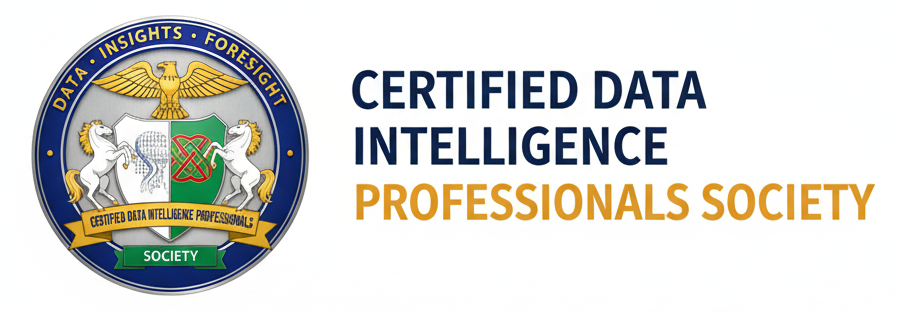
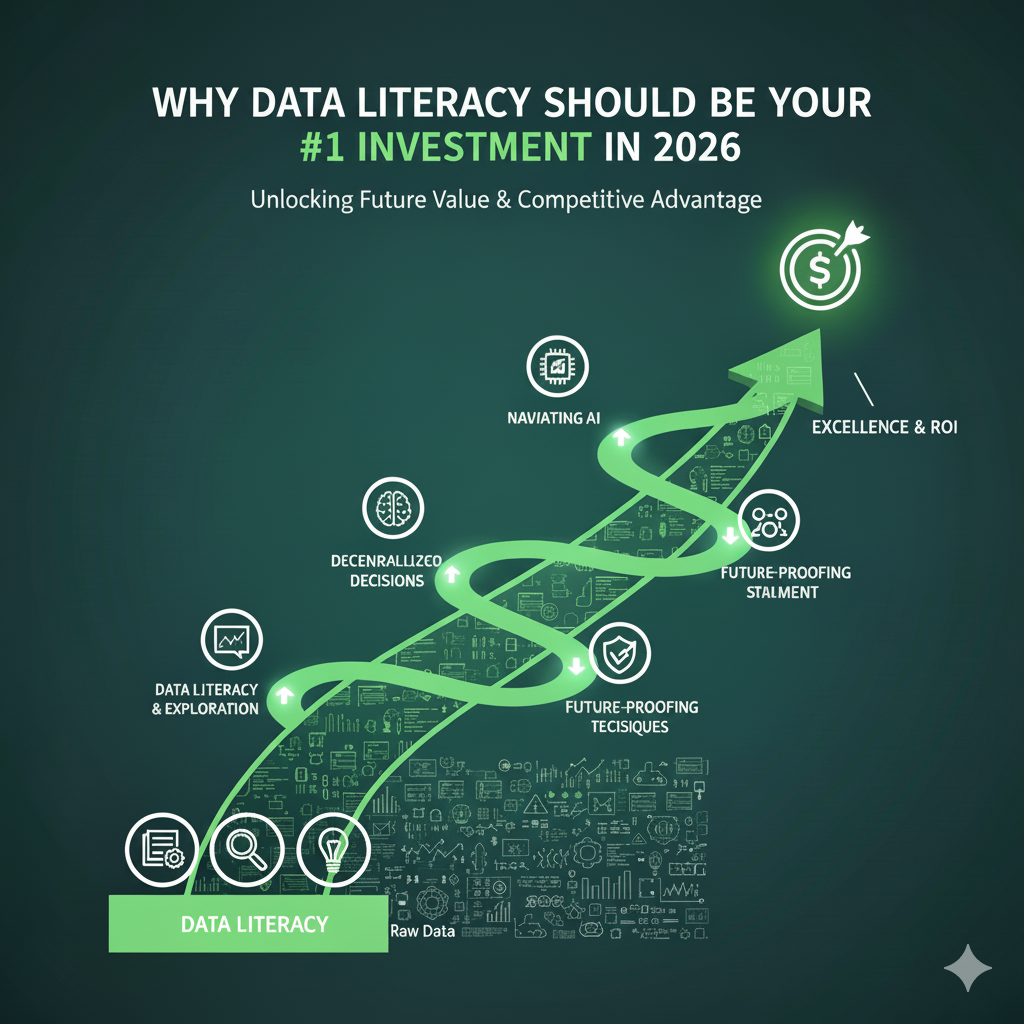
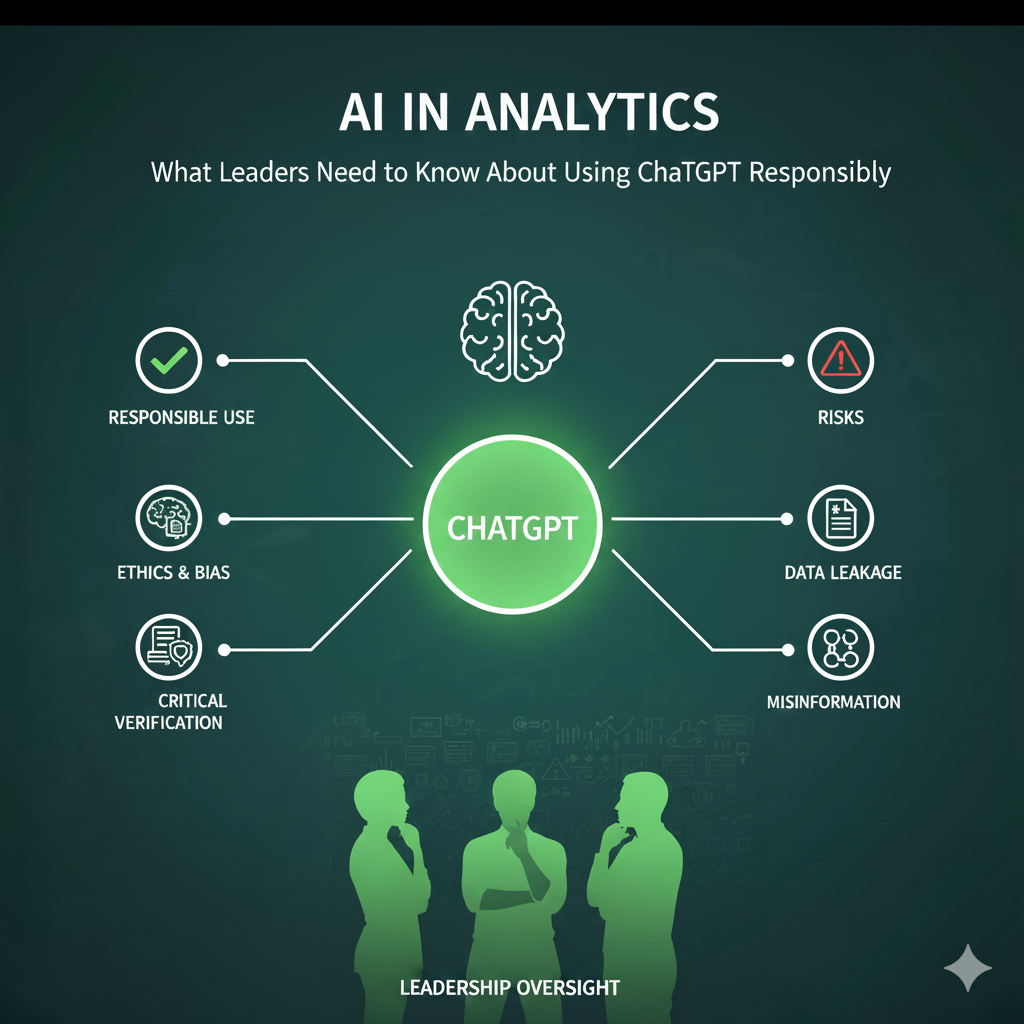
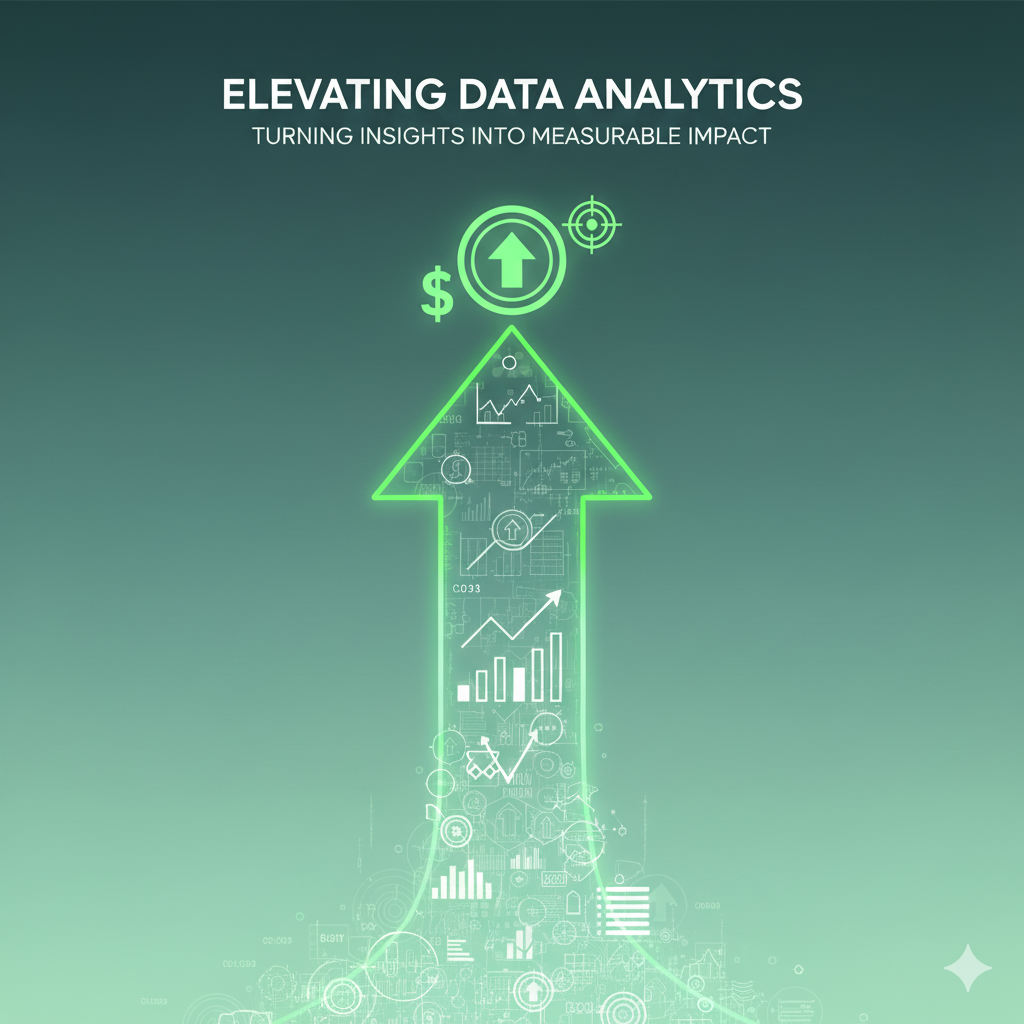
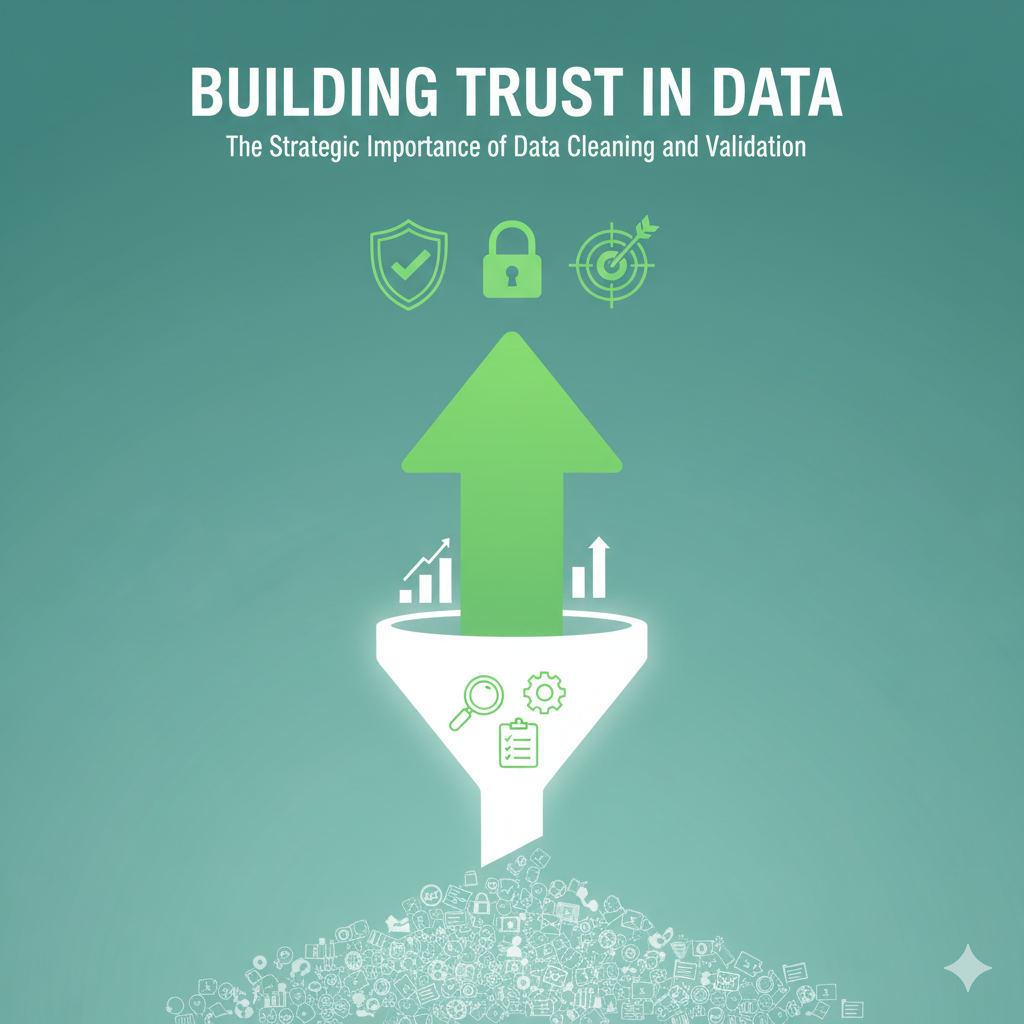
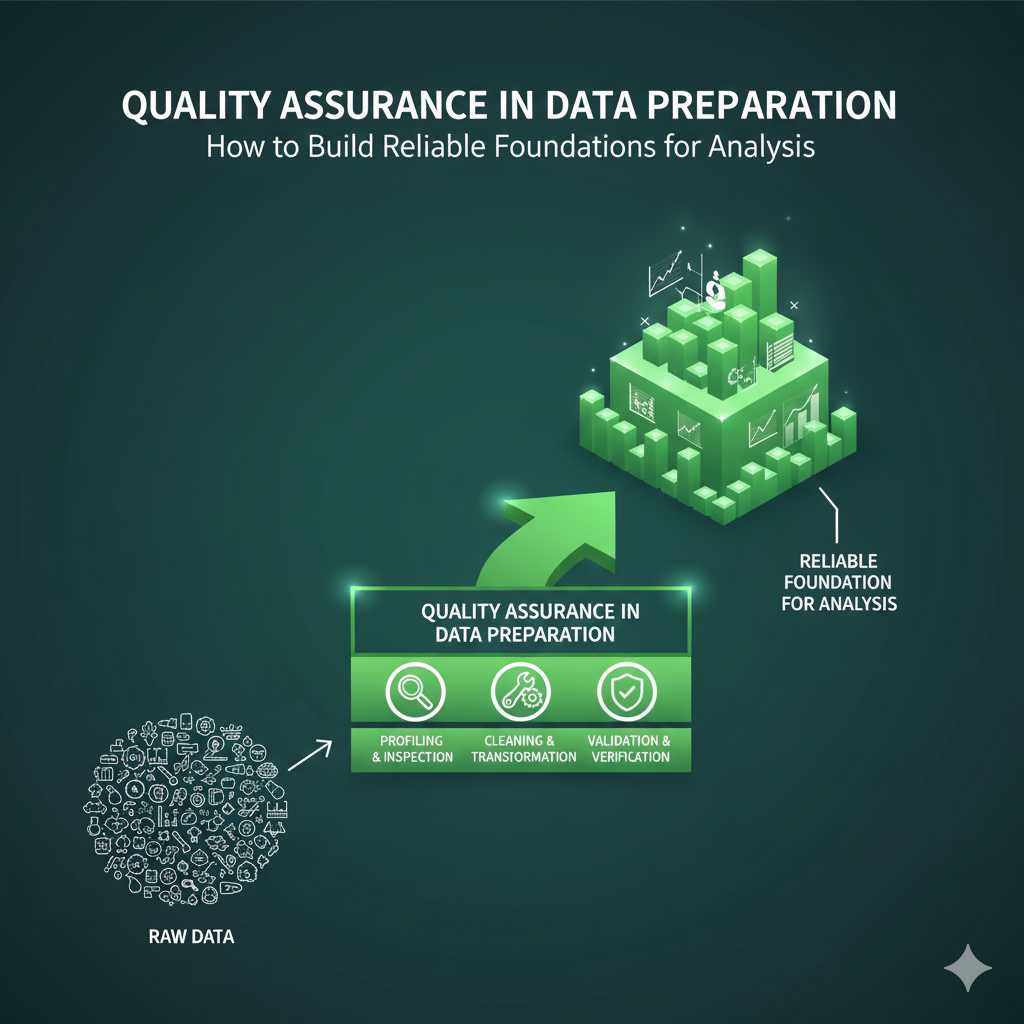
Responses